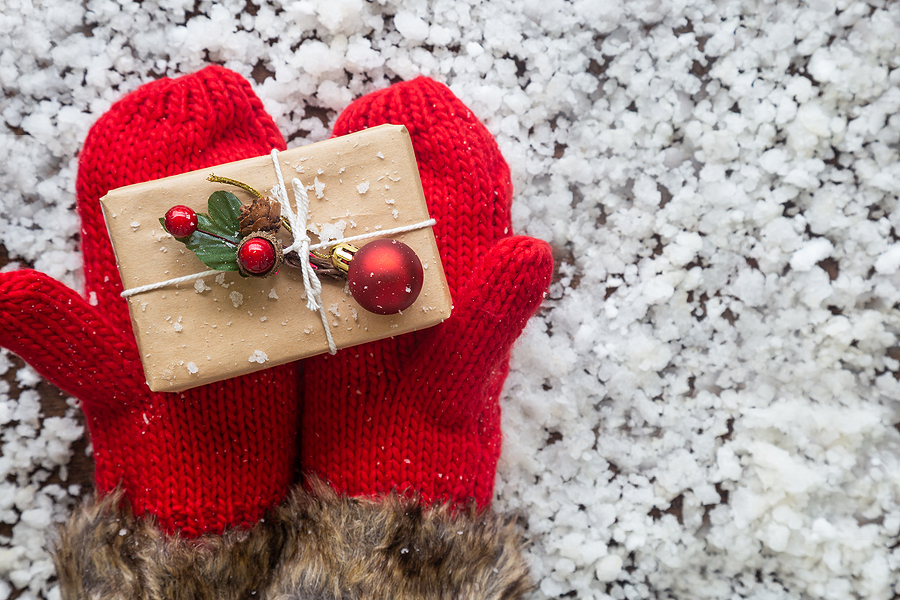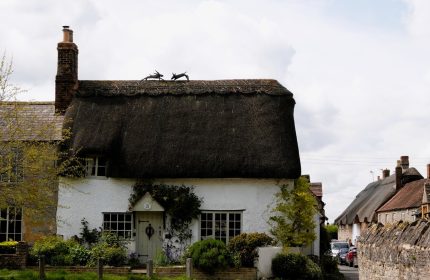Fun Christmas Facts
With the Christmas season well and truly on its way and many of us set on making the most of the celebrations this year we take a look at some of the ancient traditions and customs that are associated with the festivities and learn a few fun facts along the way!
Each family has their own Christmas traditions, but there are some customs that people partake in every year that date back centuries…
The Christmas Tree
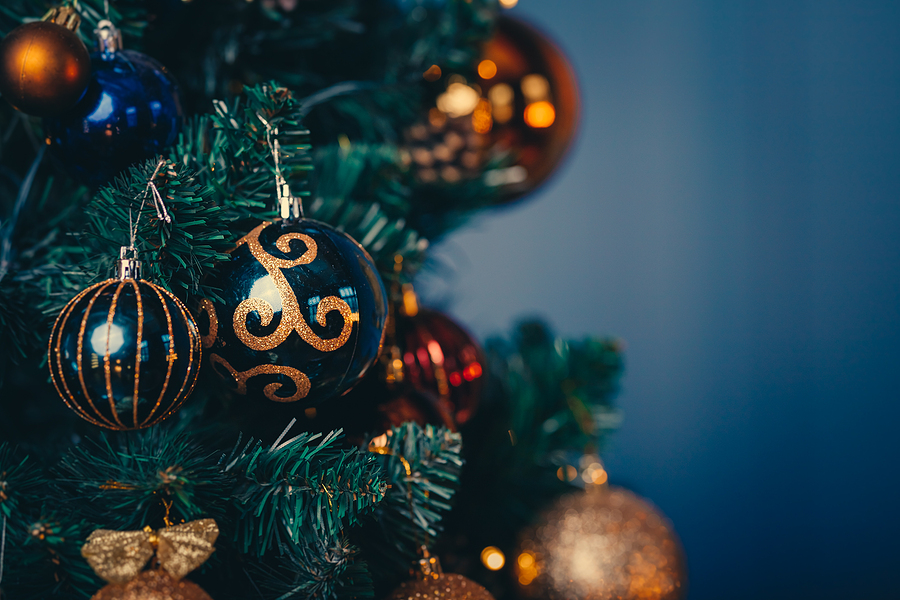
Whether your tree is artificial or real Christmas wouldn’t be Christmas without one in the house – but have you ever wondered where the custom comes from?
Using the green leaves of an evergreen tree to decorate homes during wintertime started as a Pagan tradition, designed as a symbol of life amid the dark, cold winter nights. Romans also decorated their temples, usually around their New Year celebrations but it wasn’t until the 1500s that these evergreen trees started being associated with Christmas.
The jump from being a wintertime decoration to a symbol of Christmas is believed to have come from trees being decorated in biblical and nativity plays and it’s thought the tradition stemmed from Germany, as many Christians began decorating trees brought in from outside to represent Christ and new life.
Fun Fact: While Queen Victoria and Prince Albert are said to be the ones that made Christmas trees popular in England during the 1800s, King George III’s German wife Charlotte is actually responsible for bringing the tradition to the UK. Charlotte used to decorate a Christmas tree with her family during the 1760s and the nobility who would visit the family at the Queen’s Lodge in Windsor were inspired, and started to do the same.
The Turkey
Until Victorian times, beef and goose were the meats of choice for Christmas dinner and turkey was only ever eaten by the rich.
It has been claimed that Henry VIII was the first person in Britain to eat turkey for his Christmas meal. Despite this, turkey wasn’t been hugely mainstream until after the Second World War that turkeys overtook geese as the most popular festive meat. The price of turkeys dropped due to better farming methods which enabled more and more families to adopt it as their meat of choice.
Fun Fact: Today in the UK, we eat around 10 million turkeys every year for Christmas time.
The Christmas Pudding
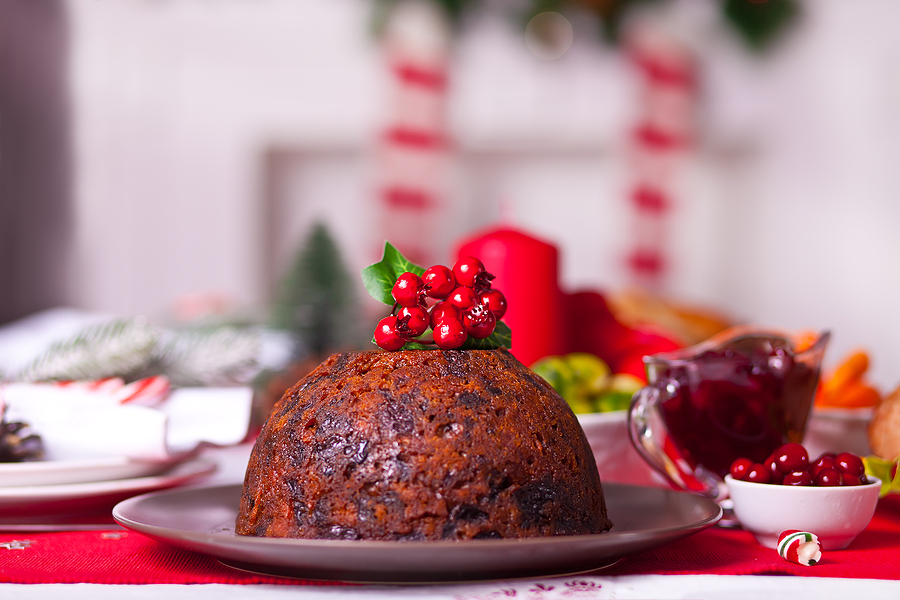
Christmas Day isn’t over until we’ve had at least one serving of the stodgy, spiced pudding – the nations favourite festive dessert. But, although we enjoy it every single year, how much do we know about it?
Recipes for old plum pudding have existed in some form or another since the 17th century and it all started with something called ‘plum pottage’; a festive staple since the Middle Ages. This was a thick porridge like substance, studded with dried fruits and flavoured with spices. Through time, the ‘pottage’ mixture became thicker and thicker, until eventually people began to wrap it in a pudding cloth and boil it for several hours.
Fun Fact: Often referred to as ‘plum pudding’, Christmas pudding has never had plums in it! The word “plum” in fact refers to dried fruit of any variety; whether dates, prunes, sultanas or currants.
The Christmas Cracker
A uniquely British tradition, crackers were invented by a confectioner named Thomas Smith in the early 1850s when he started adding a small love motto to his sugared almond bon-bons which he sold wrapped in a twisted paper package.
Thomas Smith then came up with the idea of adding the banger, two strips of chemically impregnated paper that made a loud noise on being pulled apart. The sweet inside was soon replaced with a small gift, by 1900 the paper hat had been added and by the 1930s the motto had been replaced by jokes or limericks and so we have the cracker we know and love today.
Fun Fact: The ‘pop’ sounds is meant to replicate a crackling fire.
The Yule Log
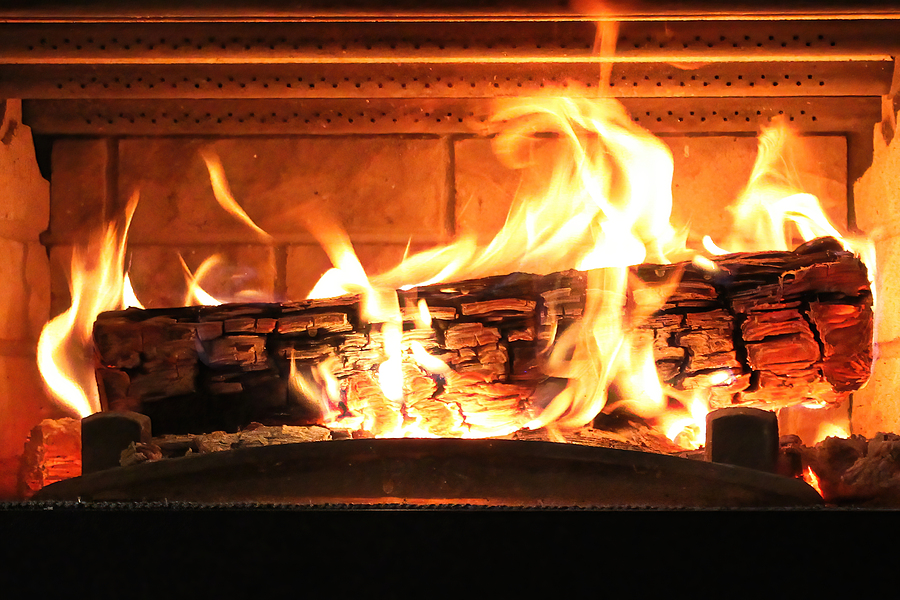
The custom comes from pagan British celebrations of midwinter or “yule”. A log was gathered and burned in the house to banish the darkness and burn away bad luck. By Tudor times, the yule log was adorned with ribbons and kept alight for the 12 days of Christmas.
A Chocolate Yule Log or ‘Bûche de Noël’ is now a popular Christmas dessert or pudding.
Fun Fact: The ashes of Yule logs were meant to be very good for plants. This is true, because the ash from burnt wood contains a lot of ‘potash’, which helps plant flowers. But if you throw the ashes out on Christmas day it was supposedly very unlucky!
The Presents

In the UK, we are used to gathering around on Christmas Day to open gifts together but different countries open presents on different days.
The custom of giving gifts at Christmas some believe was created to remind people of the presents given to Jesus by the Wise Men: Frankincense, Gold and Myrrh but for many centuries, gift-giving took place either around New Year’s, or on December 6 – Saint Nicholas’s birthday.
Saint Nicholas was a bishop in 343 AD who gave his inheritance to the poor when his parents died, bringing the idea of giving gifts in during the festive season to those who lived in his town. When he died the idea of giving gifts in December stuck. His legacy has become Father Christmas but the act of giving gifts has been around even longer – there is evidence that in pre-Christianity Rome gifts were given in pagan rituals for the winter solstice in December.
The popularity of giving presents at Christmas grew from the 1823 poem ‘Twas The Night Before Christmas and Dickens’s 1843 novel A Christmas Carol.
Fun Facts: Some countries in Europe, like France and Poland, celebrate Saint Nicholas Day on the 6th of December. This is when they open presents instead of Christmas Day.
Father Christmas
The story of Father Christmas begins with a real person, Saint Nicholas, in the fourth century. He had a reputation for being kind and performing miracles and his birthday on 6th December is still celebrated in many European countries today.
In Holland Father Christmas was known as Sinterklaas and when Dutch colonists settled in America, they took the Sinterklaas legend with them. There he became known as “Santa Claus”. He was originally pictured in a long brown robe with furs and a holly crown.
Fun Fact: The jolly Santa character in a red and white suit that we know was created by Coca Cola for an advertising campaign in the 1930s.
Melina - Assistant Editor
Latest posts by Melina - Assistant Editor (see all)
- Top tips for hay fever sufferers - April 14, 2024
- Paysan Breton Cream Cheese Breakfast Wraps - April 12, 2024
- 4 Homemade Sweet Treats for Easter - March 24, 2024
- Playground Memories - March 10, 2024
- The invasion of the duvet: the ’10-second bed’ - February 20, 2024








